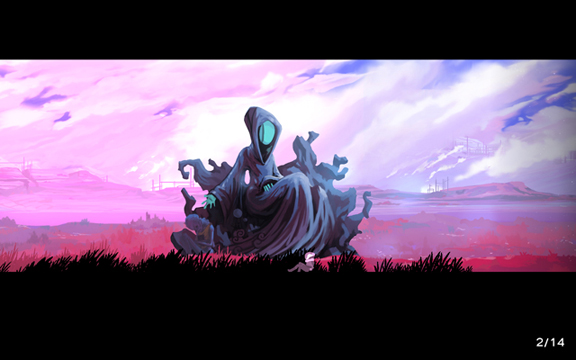Not a final draft.
One would imagine that a writer would be delighted about an interactive experience geared solely around the act of writing. Yet this is not the case. Elegy for a Dead World is certainly a unique tool among an arsenal of ways writers, both established and aspiring, utilize to inspire themselves. However, the final package has its limits, forcing users to squeeze water out of a stone.
Controlling a lone, nondescript adventurer through space, you are able to visit any of three worlds, each taking inspiration from the writings of Byron, Keats, and Shelley and rendered in the art style of J. M. W. Turner. The nature of each world is not notably distinct—they all are abandoned homes of advanced civilizations replete with evidence of such. While exploring, music and sounds set a strange and foreboding mood that contribute to your writing, but these feel similar from planet to planet as well.
Before setting foot on any world, the player is prompted to choose from various writing activities, which affect the writing prompts Elegy presents while you explore. Aside from free-writing, which allows you to enter text wherever you like, these activities are sufficiently varied in nature so that you are not approaching the task from the same perspective each time. Most provide sets of sentences or phrases with blanks for you to fill in with prose. For example, one activity’s prompts involve comments on the fall of the pre-existing civilization. Another amusing one asks you to talk about what a crappy vacation destination that world is.
Though the diversity in activities is appreciated, there are nine for each planet, including the free-writing, extending the experience as much as your imagination is willing to consider. Given that the environments do not change, don't be surprised to be quickly exhausted by them. Thus far, there is no indication that more worlds are coming, so making do with what’s available may be tough for some. I would’ve appreciated significantly larger worlds with labyrinthine paths and activities that guide you only through portions of these places. This would alleviate boredom with traversing the same land repeatedly, and it would be more inspiring to leave areas for the player to discover alone.
When you don’t feel like writing, Elegy for a Dead World also allows you to read the works of others. You can choose what’s most popular, what’s most recent, or find users through the Steam forums. That last option didn’t seem to be working fully, since I could not read anyone’s writing through it; each post showed broken image links with no text when clicked. Regardless, it was interesting to see what other people did with the prompts, particular how much of their own prose they added beyond the limitations of the pre-set blanks. The presentation for reading other users’ works is also pleasant, framing images from the landscapes in peculiar randomized shapes to accompany each verse or paragraph.
I felt as if the reading feature was also sadly limited in its scope and functionality. You are not able to filter pieces by activity, so if you’re curious what others wrote given the same prompt, you’ll need to search until you find a relevant piece. As the number of submissions grows, the list will become an uncategorized mess.
My other complaint is that you are only able to commend or not commend writings without any further feedback. Although inviting commentary could lead to predictable issues, it just feels half-baked to create a writing experience when one can review the works of others but not sufficiently critique them. Given that this was partly envisioned as a teaching tool, adding in ways for at least Steam friends to leave comments seems like a necessary development thought.
Although Elegy for a Dead World is commendable as a unique and thoughtful writing and teaching tool, much of its implementation seems either limited or unfinished. It exists mostly as a launching point, and I question how many will spend long hours with it composing new works. Many existing games are inspiring in and of themselves, even if the characters are removed, because the environments are well-thought out and painstakingly realized. If this kind of design was incorporated into the final product here, there’d be more to recommend. As it stands, it’s just neat, which is not a winning endorsement for spending your money.
-
Authentically notable concept centered around inspiring writing
-
Lovely landscapes coupled with moody music and sound effects
-
Environments not significantly distinct from one another
-
Disappointing lack of worlds and limited exploration in each one
-
Only a handful of writing activities
-
Ability to read the writings of other users
-
Inability to provide meaningful feedback or critique, even for friends
Elegy for a Dead World
-
Elegy for a Dead World #1
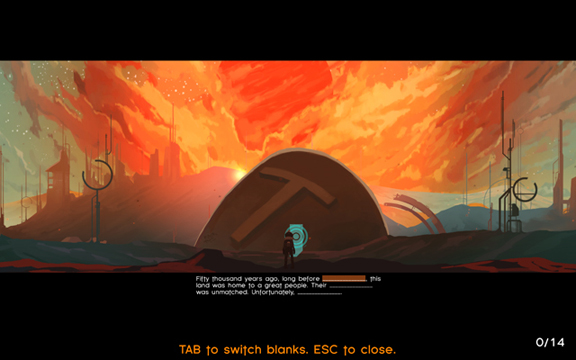
-
Elegy for a Dead World #2
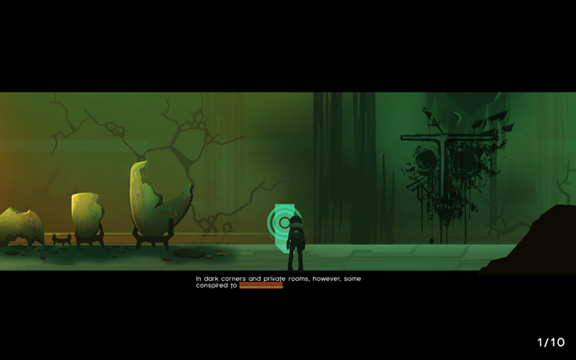
-
Elegy for a Dead World #3
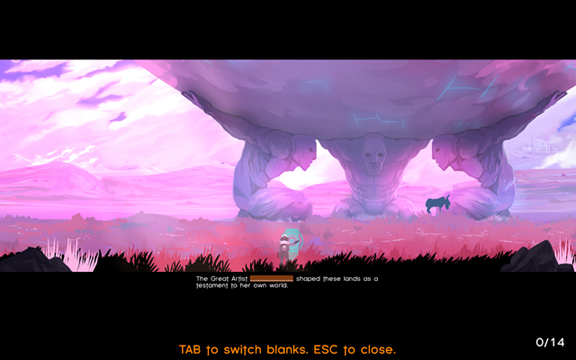
-
Elegy for a Dead World #4
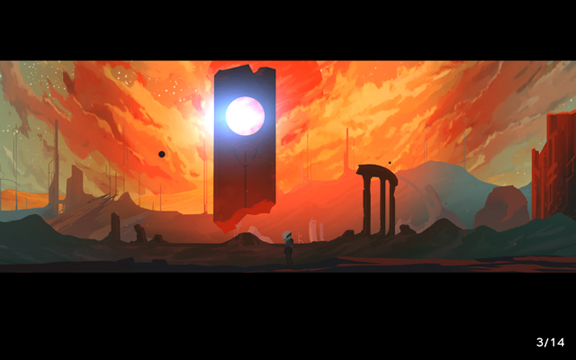
-
Elegy for a Dead World #5
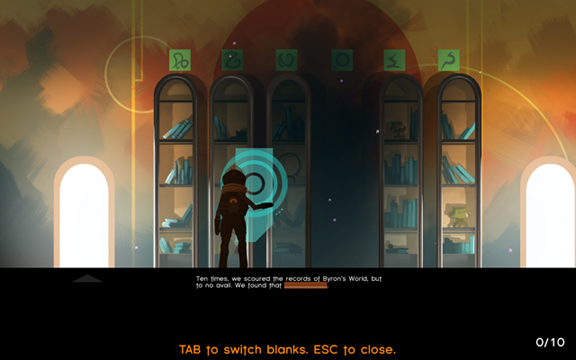
-
Elegy for a Dead World #6
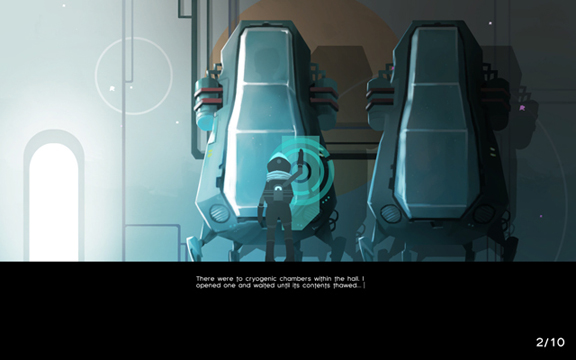
-
Elegy for a Dead World #7
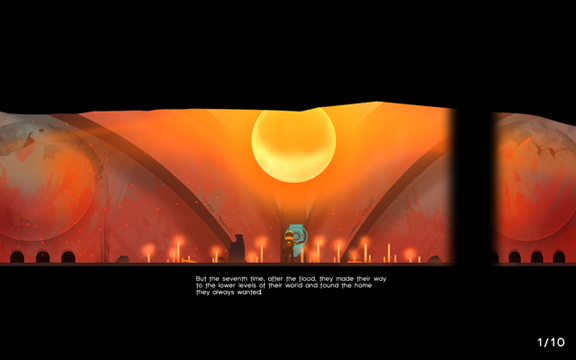
-
Elegy for a Dead World #8
